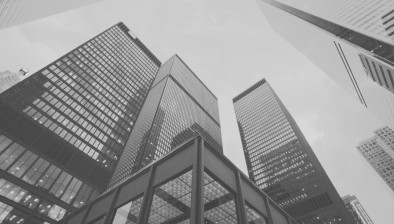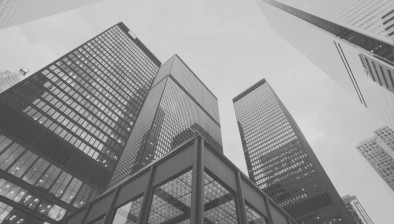Lynsay Bell Manson: The role of retrofit in Scotland’s net zero journey

Lynsay Bell Manson
Reinvesting in existing buildings, celebrating heritage and protecting legacy can help Scotland reach its tough net zero target, argues Lynsay Bell Manson.
Scotland has set a legally binding target of achieving net-zero emissions by 2045, with an interim target of 75% emissions reduction by 2030. The conservation and retrofit of existing buildings is a critical pathway to achieving these short and long-term goals in a cost-effective manner.
While new, energy-efficient buildings are vital to reducing future emissions, the vast majority of Scotland’s buildings already exist, many constructed long before modern environmental standards were established. There is an opportunity now to reinvest in this stock, celebrate heritage and protect legacy.
There is also a considerable requirement for upskilling in this area, however the opportunities for job creation and economic growth within the green building sector is fantastic and Scotland has the potential to become an industry leader in retrofit.
In Scotland, we are fortunate to have significant building stock constructed in the Georgian and Victorian eras but many have little or no insulation, outdated heating systems, and poor energy efficiency measures. Often windows are the most thermally inefficient part of the building envelope. As a result, they require more energy to maintain comfortable temperatures and, thus, emit more greenhouse gases.
Whilst it is key to protect our heritage, we also need to consistently develop new technologies to ensure these assets remain affordable to control their internal climate. In turn, this protects the buildings and ensures their longevity. One example is introducing carefully detailed thermal insulation to external walls that doesn’t damage or interfere with the original listed features such as cornicing.
There are many advantages to investing in our heritage assets. First, the vast savings in embodied carbon compared to new construction helps preserve our precious natural resources. By improving the performance of existing building stock, we can often meet or surpass current Building Regulation standards. This is demonstrated in our own Kinross studio, where an extremely derelict historic steading was converted into a Net Zero space with an A+ EPC rating. Retrofitting can be more cost-effective than building new and creates long-term savings on the building’s running and maintenance costs.
We are currently working on numerous Edinburgh City Centre projects, where redevelopment will contribute positively to the regeneration of our high streets and urban areas.
For example, on Princes Street, vacant buildings above the retail floors, abandoned for decades and falling into decay, are now being converted into hotels. Additionally, the redevelopment of a series of listed townhouses, which sit opposite The Royal Scottish Academy and overlook Edinburgh Castle, to create a luxury apart hotel. The spaces within these buildings are incredible and deserve to be preserved, enhanced and brought back into use, revitalising our city for public use.
Despite these advantages, retrofitting and conservation of existing buildings presents challenges. The cost can be prohibitive, especially for private homeowners and smaller businesses. However, government incentives, grants, and low-interest loans can help make retrofitting more accessible. Additionally, the technical complexity of retrofitting historic buildings requires careful planning and expertise to ensure modern energy efficiency measures do not interfere with the preservation of architectural features. Striking a delicate balance between preservation and building fabric upgrades is essential. We are experiencing first-hand great support from both Historic Environment Scotland and local planning departments for our projects, particularly with window replacements which have historically been challenging.
Technological innovation plays a role in overcoming these challenges. Advances in sustainable building materials, energy-efficient heating systems, and the integration of smart technologies enhance the effectiveness of retrofitting efforts, providing long-term solutions that are both financially viable and environmentally responsible.
At Studio LBA, preserving our built heritage brings us great joy. There is so much to discover and learn, and no project is ever the same. These are not straightforward projects, but by introducing technical solutions into existing structures, it creates a new lease of life and restores them for a healthier, longer future.
- Lynsay Bell Manson is managing director at Studio LBA









